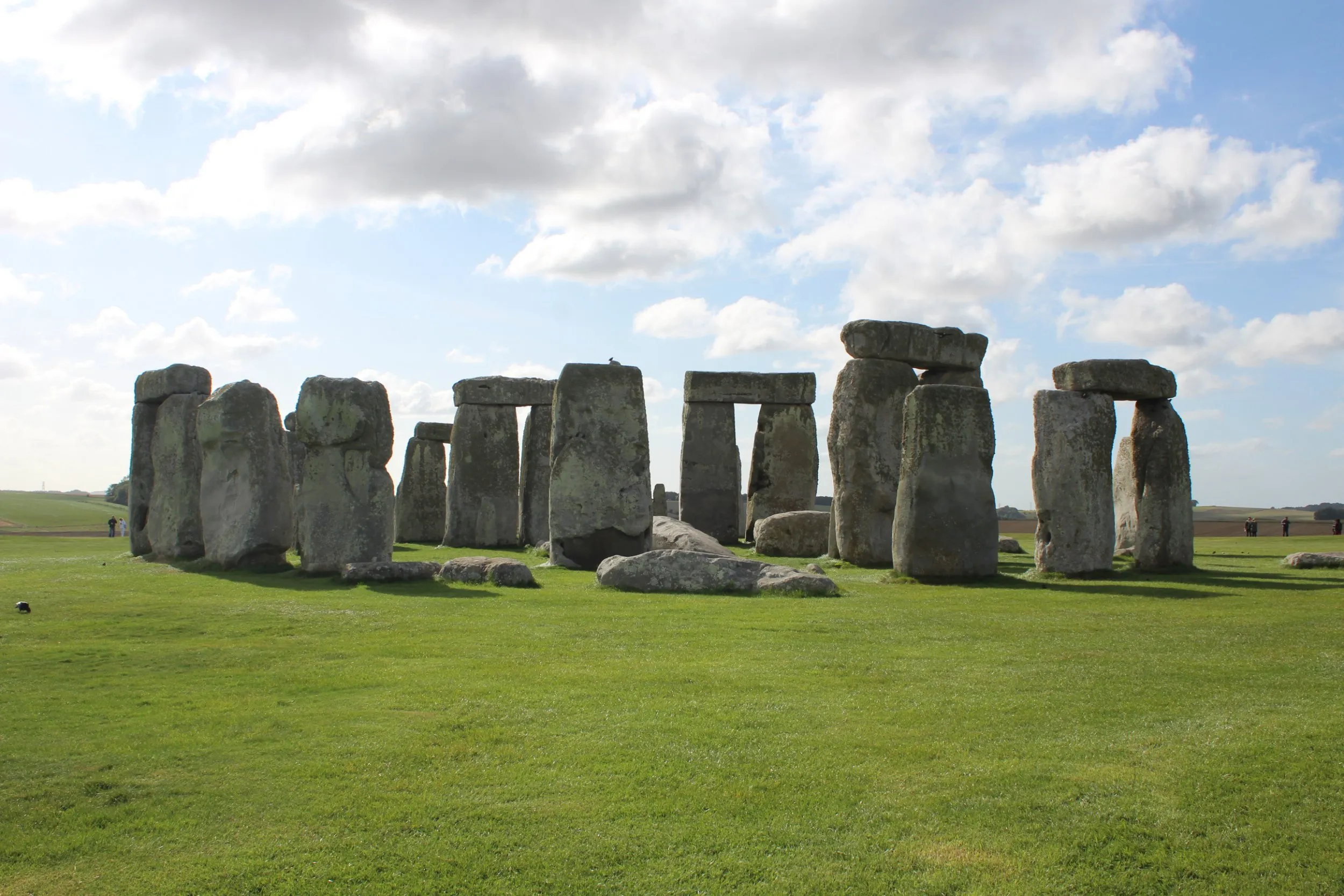Stonehenge Altar Stone's Origins Take a Surprising Turn

Unearthing the Mystery of Stonehenge
Recent discoveries have shed light on the origins of Stonehenge's renowned Altar Stone. Initially believed to come from Wales, scientists now point to Scotland as the true source of this iconic stone, prompting further investigations into ancient transportation methods.
Significance of the Findings
The Altar Stone, a monumental slab at the heart of Stonehenge, was determined to have originated over 460 miles away in the Orcadian Basin, Scotland. This suggests advanced transportation techniques during the Neolithic period, indicating a level of societal organization previously not acknowledged.
- Altar Stone's Geological Origins: The composition aligns with Scottish bedrock.
- Implications for Neolithic Society: Indicates long-distance trade connections.
- Future Research: Experts will continue to pinpoint the precise location of the Altar Stone's source.
With these new insights, the narrative surrounding Stonehenge and its construction becomes even more intriguing, showcasing the complexities of prehistoric Britain.
This article was prepared using information from open sources in accordance with the principles of Ethical Policy. The editorial team is not responsible for absolute accuracy, as it relies on data from the sources referenced.